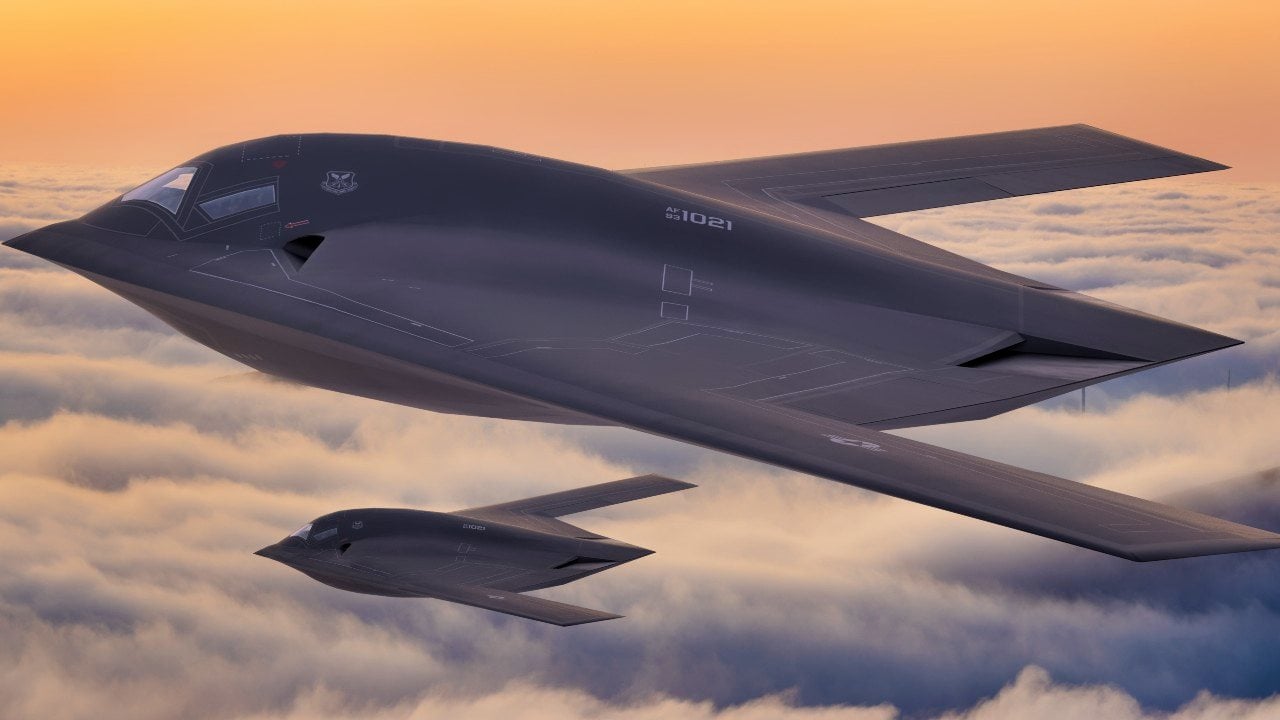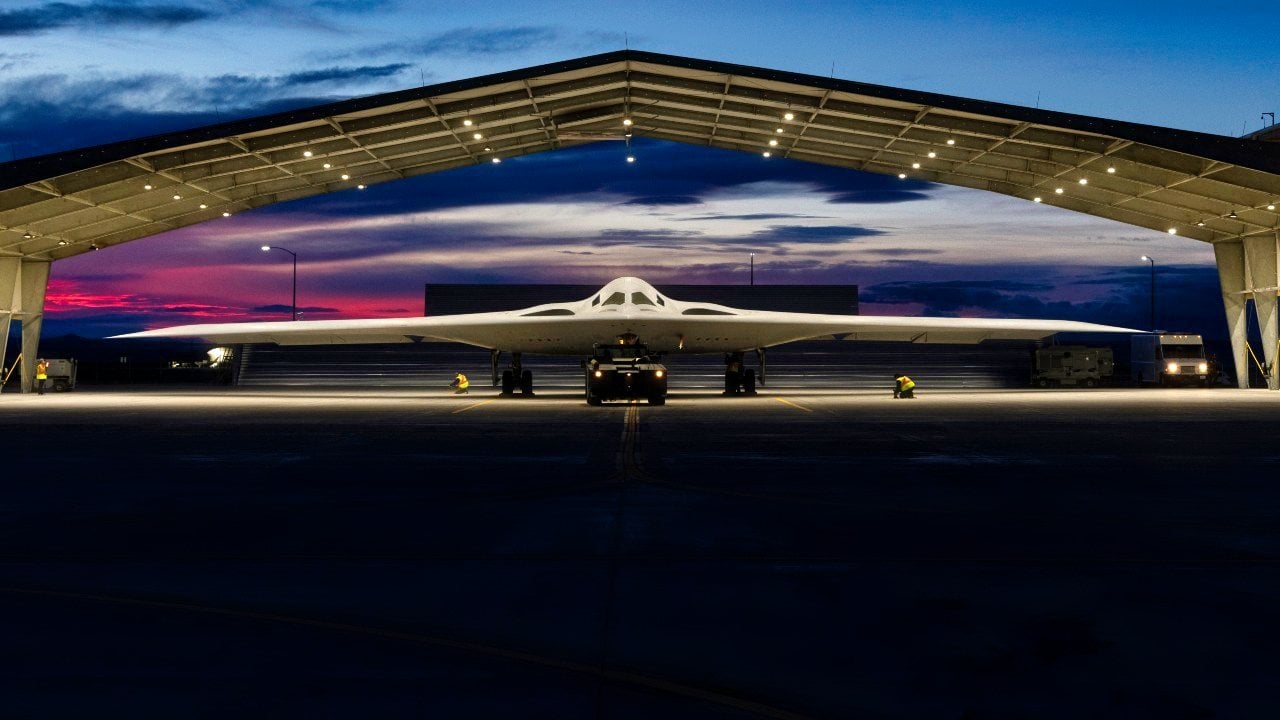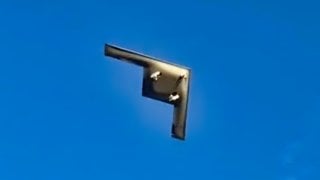The New B-21 Raider Bomber Has a New Enemy (Not Russia)
The U.S. Air Force is committed to maintaining the B-21 Raider program on schedule and within budget, despite potential cost increases warned by Northrop Grumman, the prime contractor. Designed to replace the B-1 Lancer and B-2 Spirit, the B-21 aims to avoid excessive costs that could breach the Nunn-McCurdy Act.
Summary and Key Points: The U.S. Air Force is committed to maintaining the B-21 Raider program on schedule and within budget, despite potential cost increases warned by Northrop Grumman, the prime contractor. Designed to replace the B-1 Lancer and B-2 Spirit, the B-21 aims to avoid excessive costs that could breach the Nunn-McCurdy Act.

-Although the initial production will be limited to 21 aircraft due to cost concerns, the program plans to deliver over 100 bombers, with full production extending into the 2030s.
-However, rapid technological advancements raise concerns about the long-term viability and relevance of these expensive bombers.
Time: The B-21 Raider's Biggest Enemy?
The United States Air Force has taken great strides in ensuring that the future backbone of its bomber fleet will remain on track and on budget, even as Northrop Grumman – the prime contractor of the B-21 Raider – has warned that the cost for the aircraft could rise.
The B-21 program was even mapped out to avoid a Nunn-McCurdy Act breach that could come from out-of-control development costs. That legislation, which was made permanent in 1983, allows lawmakers to better manage the cost of Major Defense Acquisition Programs, as it requires the Pentagon to inform lawmakers if a program will incur a cost or schedule overrun of more than 15%.
The future bomber was designed to replace the aging B-1 Lancer and B-2 Spirit bombers now in service and to operate alongside the even older B-52. The Raider entered its Low-Rate Initial Production (LRIP) in January – and while it is a pricey aircraft, maker Northrop Grumman announced this spring it expected to lose money during this phase. According to TheAviationist.com, the aerospace firm could absorb as much as $1.56 billion in producing the initial Raiders.
As a result, the first five production lots of the B-21 will total just 21 airplanes.
That Time Problem: Enough B-21 Bombers and Soon Enough?
The Raider program is expected to include more than 100 bombers, and it has most of its production covered under a cost-plus contract, which means that the U.S. Air Force – and in turn the American taxpayer – will reimburse the company for the extra expenses it incurs due to inflation.
As previously reported, it seems the price is rising, and the program is in jeopardy of reaching the expected minimum of 100 bombers even by the late 2030s. The Air Force anticipates having between 24 and 30 Raiders operational by the early 2030s, with an acquisition rate peaking at about 10 aircraft per year during that period.
According to Mark Gunzinger, director of future concepts at the Mitchell Institute for Aerospace Studies and panelist at the AFA, the current Department of Defense (DoD) plan is to have a bomber fleet of 133 aircraft by 2033 – lower even than the current 141 B-1, B-2, and B-52 Stratofortress bombers now in service, which is already smaller than at almost any time in the history of the Air Force.
Will it Retain its Edge for A Long Enough Time Period?
The biggest concern now is that if it takes 15+ years for the U.S. Air Force to receive its full order of even just 100 B-21 Raiders is whether those aircraft will still retain their cutting edge. Technology is increasing at a rapid rate. Artificial intelligence (AI), machine learning, quantum computers, autonomous systems, etc. – are evolving constantly, and many of the current platforms could likely be obsolete by the time the platforms reach full-rate production (FRP).
The Air Force has already announced it would seek to develop autonomous "loyal wingmen" drones that would be far more disposable, not seeing that such platforms would remain in service for decades.
At this month's Air and Space Forces Association conference, Air Force Chief of Staff Gen. David Allvin told attendees, "I don’t want a set of collaborative combat aircraft that’s going to last for 25 to 30 years. If it's going to last 25 or 30 years, then it's gotta do everything but make you toast in the morning."

Thus, the air service may be forced to face the harsh reality that its expensive bombers will simply take too long to produce and that by the time they enter service, they'll be old tech – that they'd only be good for making toast.
Author Experience and Expertise: Peter Suciu
Peter Suciu is a Michigan-based writer. He has contributed to more than four dozen magazines, newspapers, and websites with over 3,200 published pieces over a twenty-year career in journalism. He regularly writes about military hardware, firearms history, cybersecurity, politics, and international affairs. Peter is also a Contributing Writer for Forbes and Clearance Jobs. You can follow him on Twitter: @PeterSuciu. You can email the author: [email protected].
All images are Creative Commons or Shutterstock.
From the Vault
Russia Freaked Out: Why the U.S. Navy 'Unretired' the Iowa-Class Battleships
Battleship vs. Battlecruiser: Iowa-Class vs. Russia's Kirov-Class (Who Wins?)


